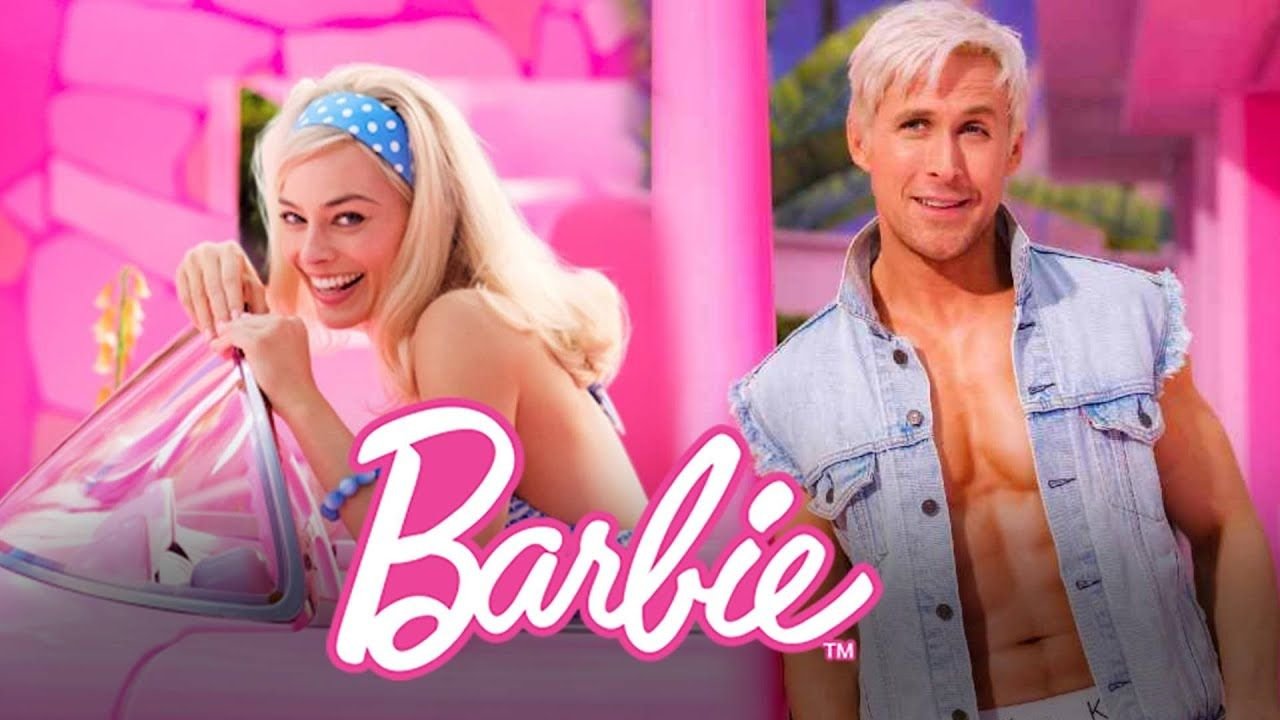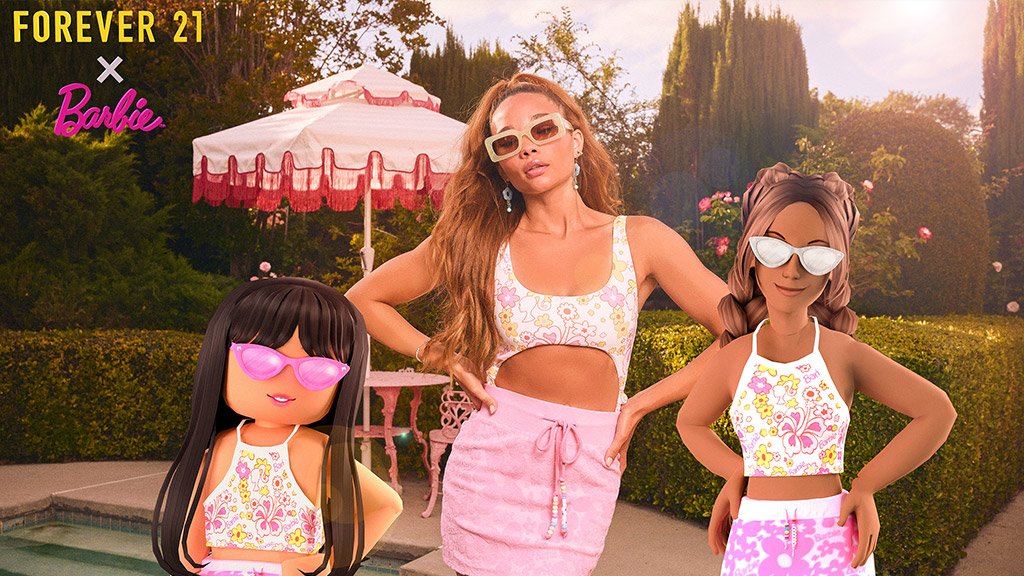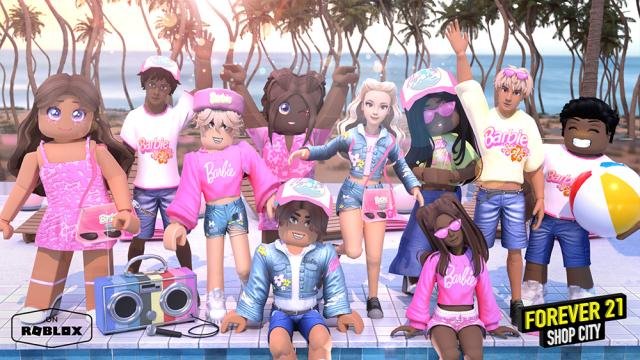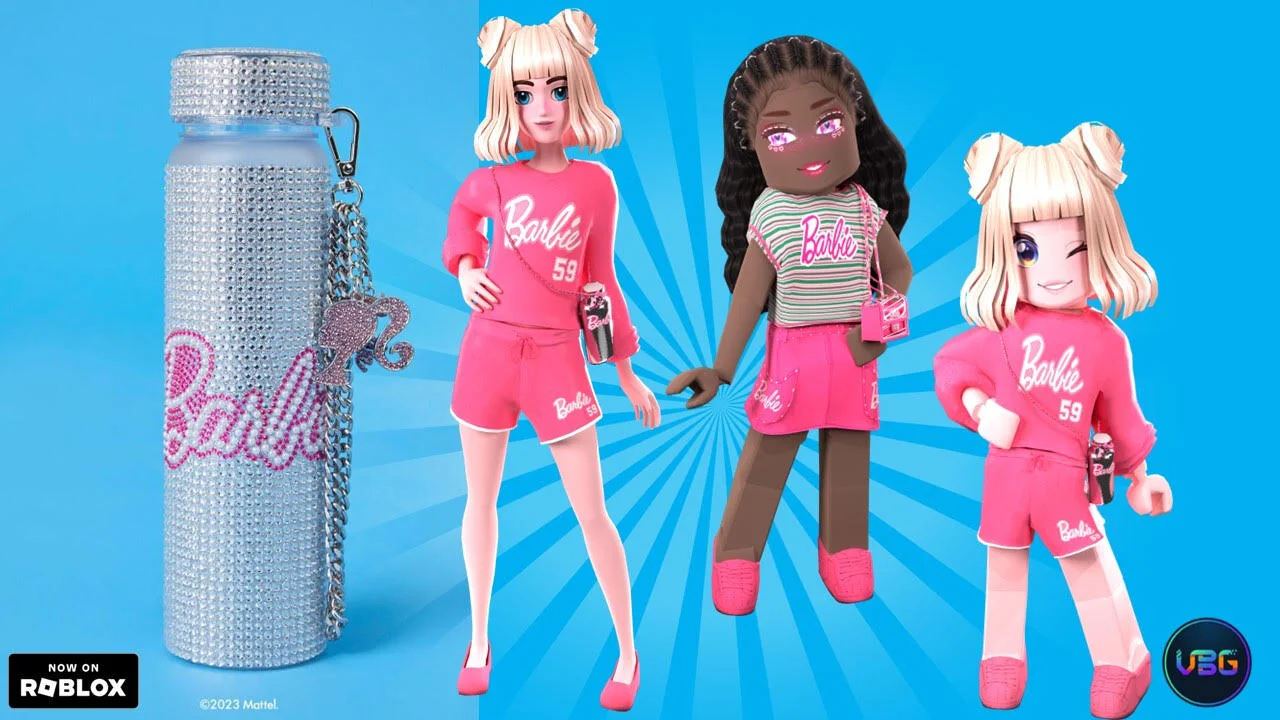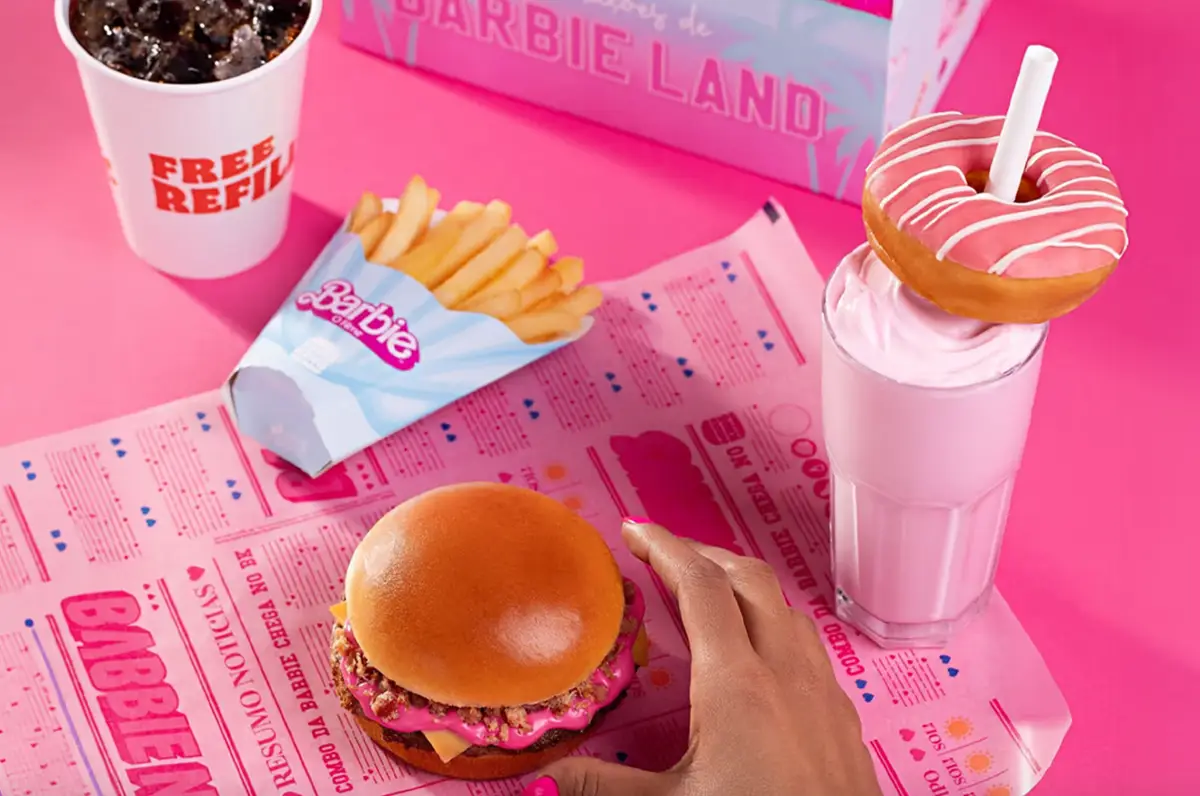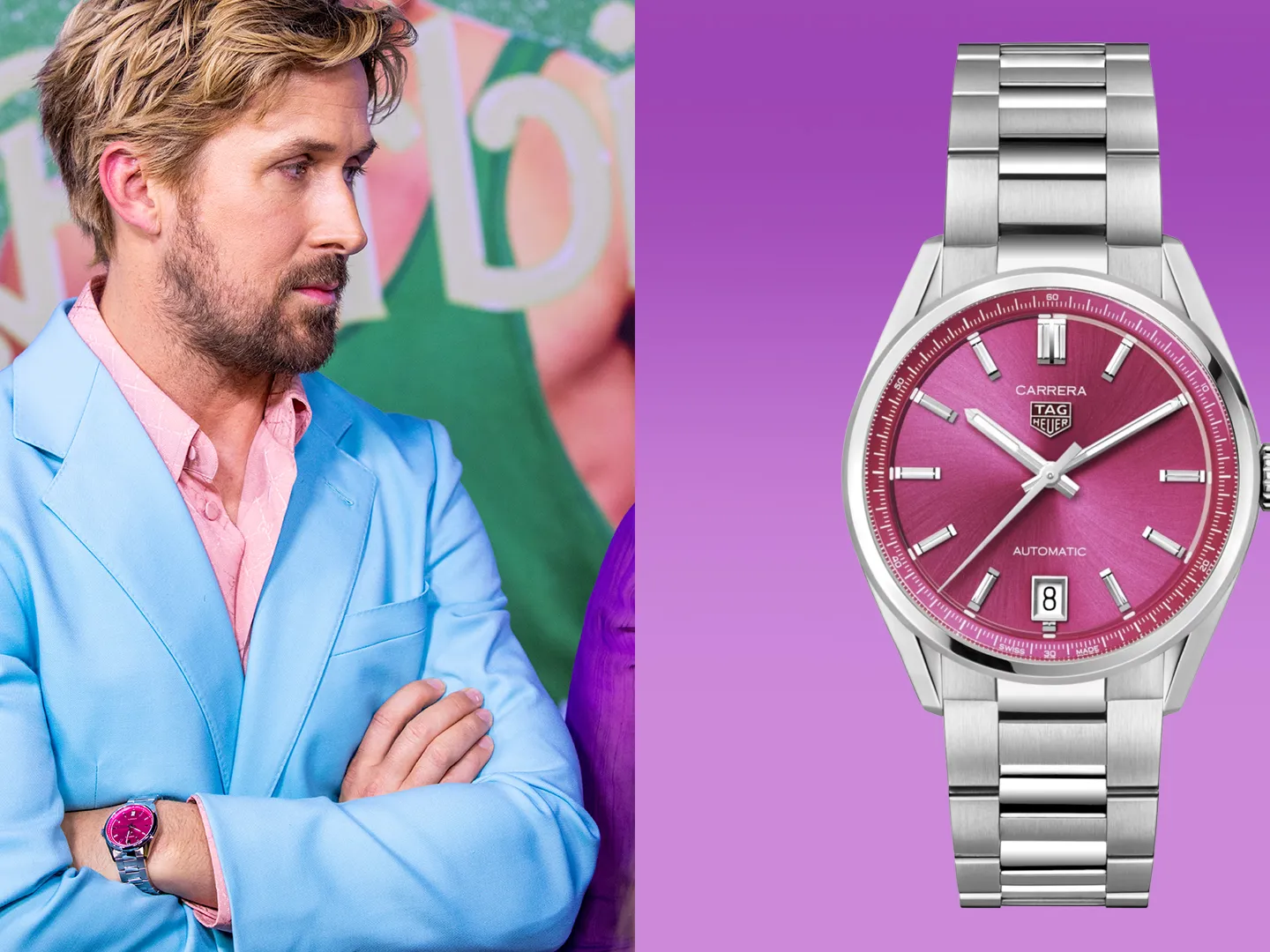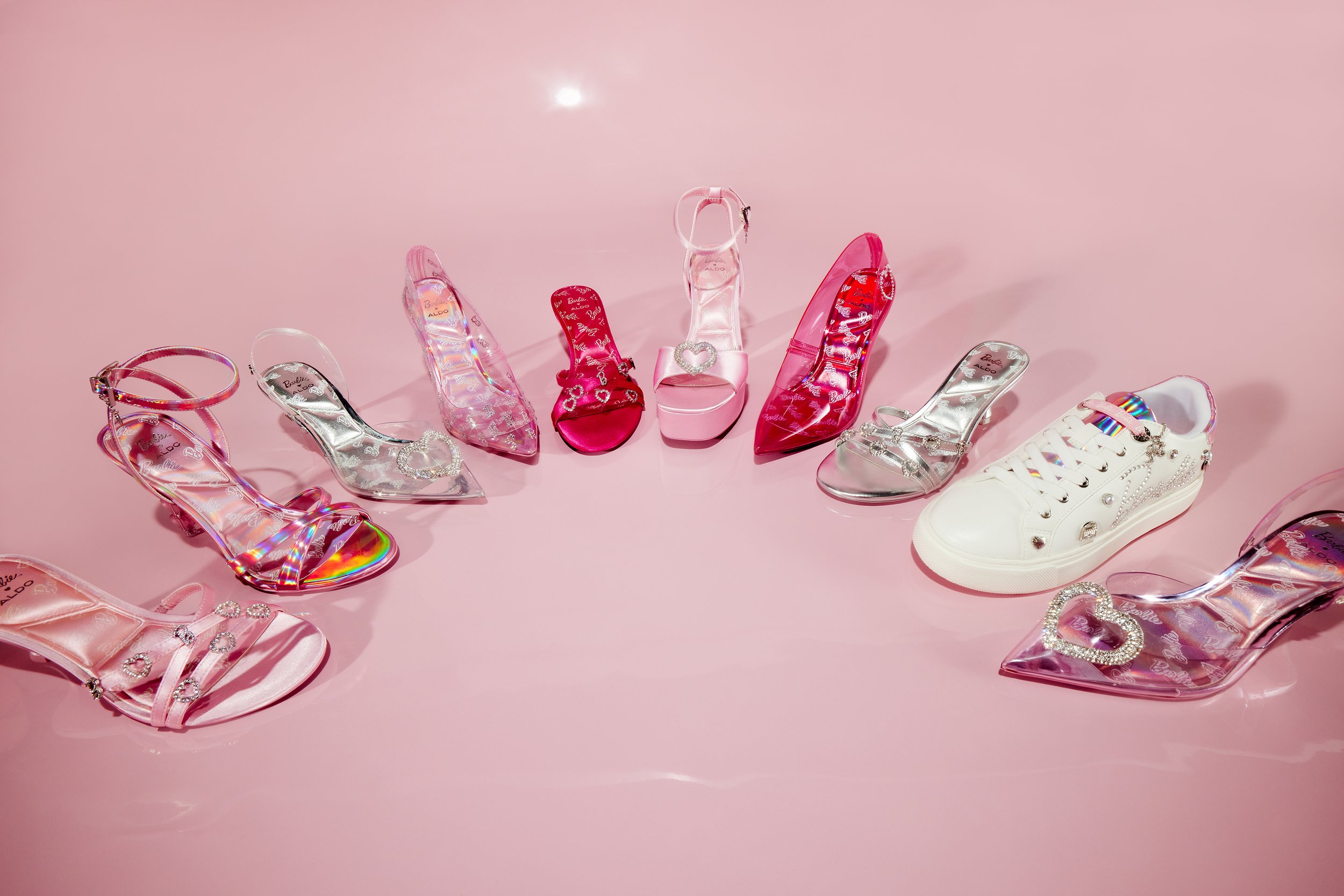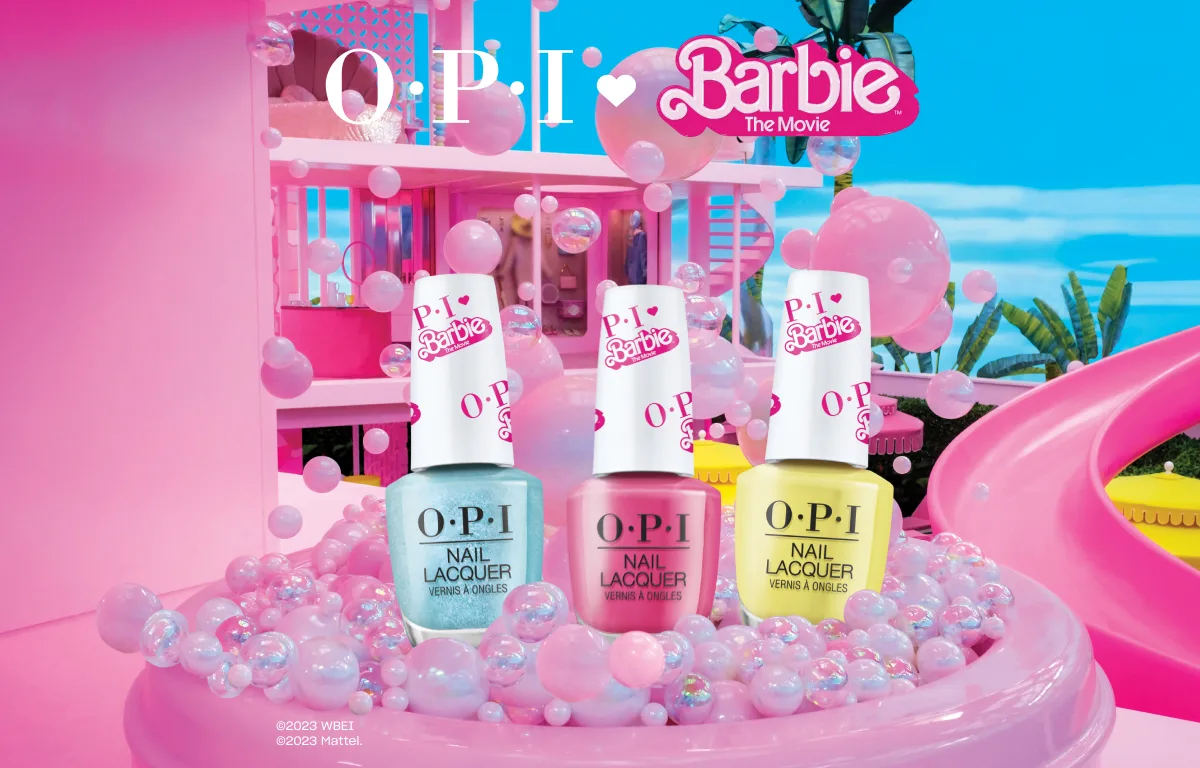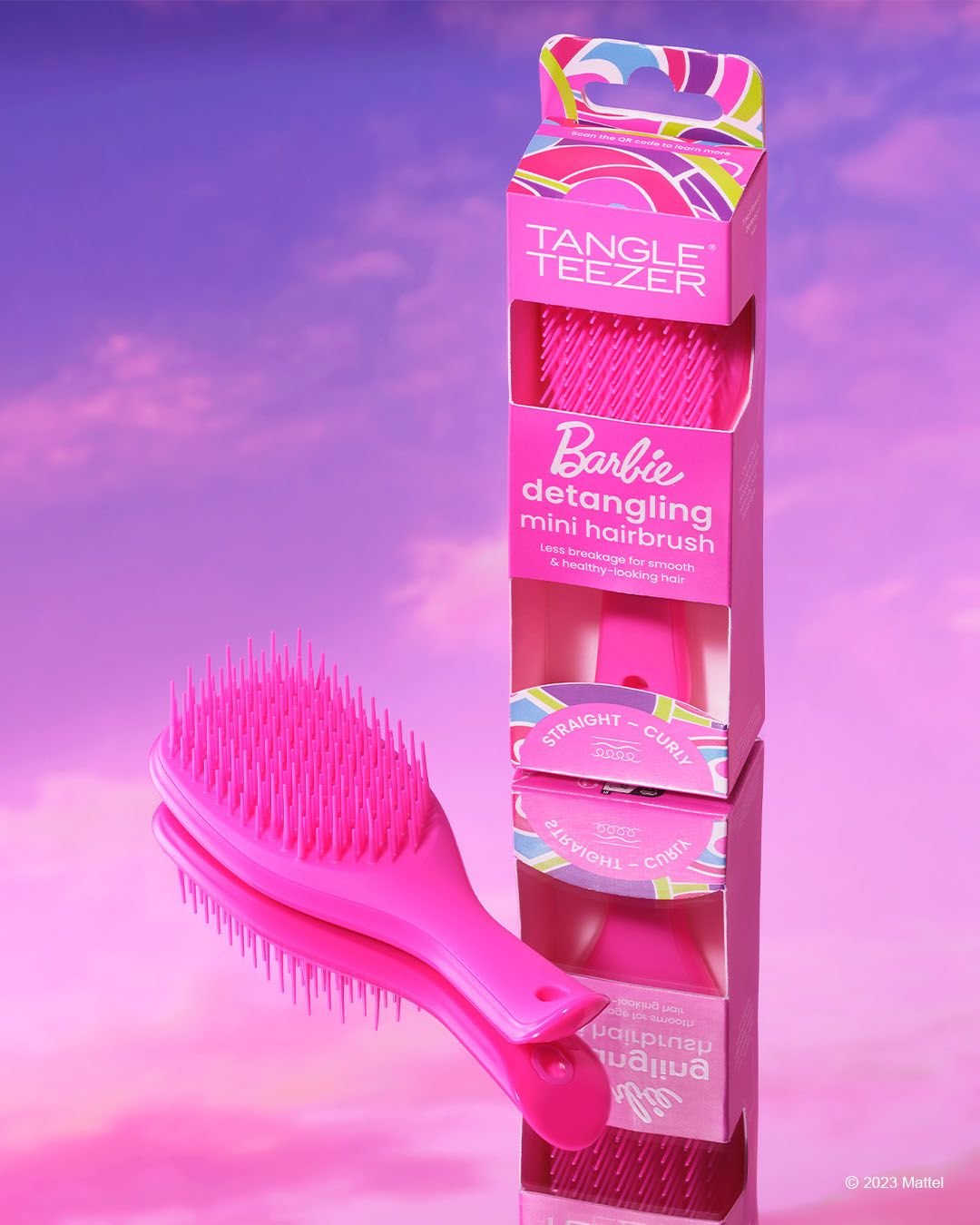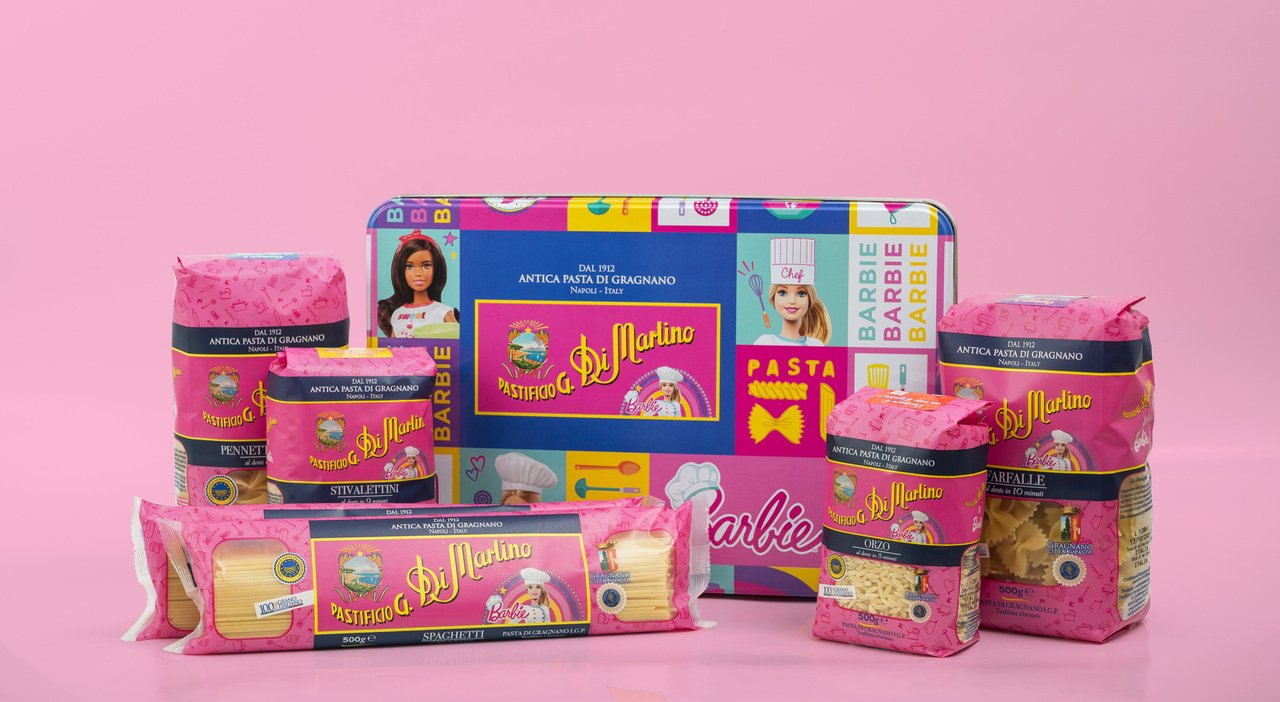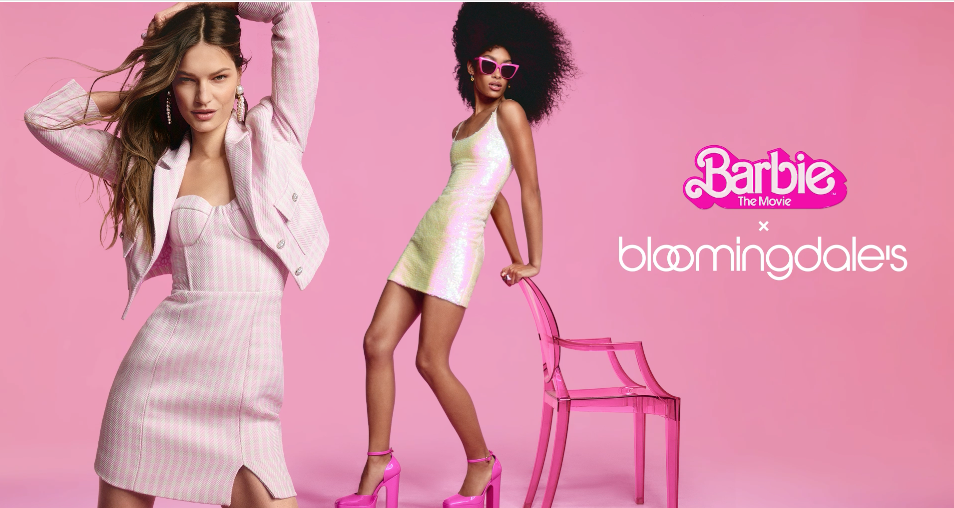Unlocking audience reach: The power of collaborations and authentic connections
Connecting with audiences through compelling collaborations and authentic storytelling
Connecting with audiences through compelling storytelling and strong narratives will remain a constant priority for brands, no matter the industry or segment. Whether this resonates with consumers and builds deep emotional connections through messaging, purpose, or shared values, ultimately determines the level of trust and loyalty that consumers have with brands. Many brands have successfully mastered this; we explore Mattel’s Barbie brand being a great example. We explore the key considerations to unlocking the vast potential in expanding audience reach and tapping into collaborations.
In today’s changing world, it is increasingly harder for brands to forge authentic and deep connections with its target market. Brands need to pause, listen, and start new conversations with their audience to ensure they identify their key pain points and product category trends. Achieving this, coupled with a high level of engagement, will result in an increase in both brand affinity and loyalty, the ultimate recipe for long-term success.
Successful brand building stems from fostering an engaged community of consumers and positive affiliations to the brand. However, brands can widen the pool and extend their reach to new sectors, markets, and audiences to set themselves apart from competition. Experiential and event marketing gives consumers the opportunity to interact with the brand in a unique way. Kantar explains “it focuses on creating synergies among meaning, perception, consumption, and brand loyalty” (2022).
Experiential marketing is not only about creating a great experience; it can also effectively support brand-building objectives through immersive, memorable interaction. Epsilon research has identified that “80% of consumers are more likely to make a purchase when brands offer personalised experiences” (McKinsey & Company, 2020). This, in return, creates positive brand perceptions and drives longer-term brand loyalty, an essential piece of the toolkit to build brand equity.
In the lead up to the Barbie film being released, taking the media by a storm, Barbie’s viral marketing strategy, campaigns and collaborations spanned across a range of industries and showcased the power of the brand. Traditionally, Mattel centred its Barbie communications strategy and value proposition around the Barbie doll toy and related accessories. Historically, Mattel struggled to stay relevant, ahead of the curve and abreast with consumer behavioural trends. Prior to the film launch strategy, Mattel took the film directors and team through a ‘brand immersion’ exercise, assessing its original tone of voice, messaging, and past oversights in its 60-year legacy, an insight into how they previously connected to its audience and consumer.
In a bid to transition away from previous strategies, Mattel continued to build and bolster the brand’s maturity by broadening its reach and consolidating its position in different industries and territories. Mattel secured 100 new partnerships and exposure across a wide variety of industries to help create positive sentiment with new audiences, from fashion, shoes, beauty, lifestyle, and travel to games, food, drinks, furniture, watches, stationery, and apps. A notable travel partnership with Airbnb featured a night’s stay at The Barbie Malibu DreamHouse with Ken themed décor has pushed the experiential side to the brand. Fashion, footwear and watch brand partnerships include Zara, Forever 21, Bloomingdale’s, PacSun, Gap, Primark, Aldo, Crocs, Fossil and TAG Heuer as they all celebrate inclusivity and offer limited edition product lines. Respecting the Mattel brand and bridging the gap between entertainment and intellectual property, Barbie’s brand collaborations leveraged the triad of Margot Robbie, Ryan Gosling and cinema to unlock its huge potential. This in turn meant that by increasing marketing efforts, they could build excitement and engagement around Barbiemania and impact the cultural phenomenon by reshaping the brand’s narrative.
Specific promotions and limited ranges ramp up intrigue and interest as well as increased urgency for those to buy into the brand. This powerful strategic upselling tool is how Barbie has been able to drastically drive up their bottom-line value. Ryan Gosling attended the Toronto Barbie press day in a new TAG Heuer Carrera, coined the ‘Barbie watch’ the pink dial alludes to the signature pink of the brand. This partnership is a great example of how luxury brand owners are extending their customer base and subverting the norm by using pink and colour in a more masculine way.
In embracing the metaverse movement, Barbie collaborated with Forever 21 to launch a digital ‘Forever Barbie’ 76-piece accessories, clothing, and bag collection on Roblox. This was developed in partnership with the Virtual Brand Group and was designed to curate an immersive metaverse fashion experience that would elevate Barbie’s global brand’s presence and innovation. The range included a limited-edition rhinestone Barbie water bottle, of which a staggering 15,000 units were sold in under a minute of its release. Virtual Brand Group outperformed other operators on Roblox in terms of sales and continues to boost the booming multi-billion-dollar virtual fashion industry that is 5-10 times faster than physical fashion.
Beauty collection collaborations consist of NYX Cosmetics, OPI, Tangle Teezer and Kitsch which all heighten the obsession of the Barbiecore mania. Subverting the norm, Xbox released a pink version of its Xbox Series S console, available as part of a giveaway, and broadened its appeal from traditional game users. The Barbie 1956 Chevrolet Corvette and Ken silver 2022 GMC Hummer EV Pickup features in the racing game called Forza Horizon 5. Food and beverage tie-ups include Burger King, Krispy Kreme, PROPER Snacks Popcorn, Cold Stone Creamery, Pinkberry, Pastifica Di Martino, Swoon and a Malibu Barbie Café Popup in New York, tapping into an additional sensory brand element.
Originally, Mattel’s rationale to securing a range of partnerships was to embrace the idea of “multigenerational touch points” as it would offer all ages the opportunity to engage with the brand and heighten its mass appeal. However, the Generation Y and Z individuals now possess the most purchasing power and influence given their positive and effervescent Barbie brand associations. Understanding and catering to the generational audience has become a paramount consideration for brands. The original Barbie fandom continues to be ingrained in current society and culture, but Barbie is now keener to connect and appeal to a more diverse audience. Consumers often state that they feel more connected to a brand when their values and mantra align with their own. In fact, “emotionally connected consumers have a 306% higher lifetime value and will recommend brands at the rate of 71% versus satisfied customers” (YouGov, 2020). Therefore, once brands can understand the needs of their individual consumers, a positive relationship with the brand can be formed. Barbie’s original target market was children and younger consumers, however through a mix of inclusive language and nostalgic elements, its new approach pushes segmentation and targeting to adults, an older consumer profile.
Mattel was keen that these partnerships would target older audiences and improve their brand positioning as they opted to collaborate with market leaders in their respective product categories and segments. They will monitor where consumers are exploring, various points of connection, societal influences and use its intellectual property and sustainable product options to further enhance their offering. Connection is directly linked to a brand’s bottom line and its profit levels, hence, 7 in 20 customers will buy more from brands they trust (Adobe, 2021). A study conducted by Forbes, stated that “73% they are willing to pay more for a product if they love the brand” (Forbes, 2019). Consumers have stated that they would purchase from a brand they are connected to rather than a competitor and would increase their expenditure if they have a positive connection to it.
Compelling storytelling and narratives are vital for brands to connect with audiences, foster trust, and secure loyalty. Today's evolving landscape poses challenges to brands as they need to continually develop authentic engagement with consumers that works towards truly understanding the needs of a core market and audience. Strategic partnership work exemplifies how embracing trends and by expanding its appeal and reach proves the key to driving up revenue and higher brand value. Building an engaged community and connecting with diverse audiences are key to successful brand building, leading to sustained success and increased bottom-line value.



